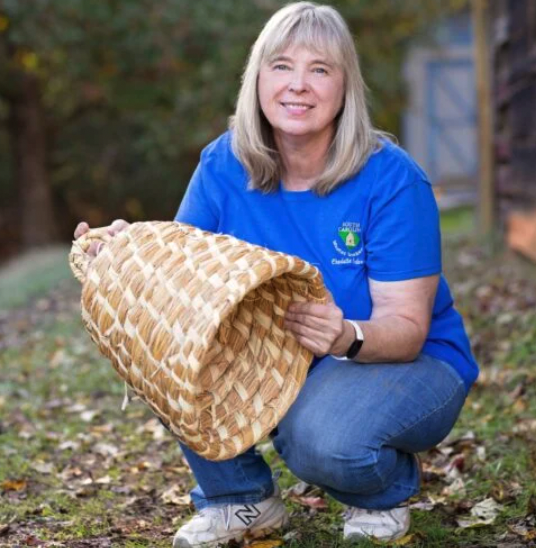Ready for a journey into beekeeping? It’s a wonderful way to support pollination while earning a sweet treat for yourself. Let’s get started by making sure you have the right habits for raising honey bees, choosing the right location for your hives, understanding beekeeping rules and regulations, and other helpful information.
Note: This is the second post of a Beekeeping 101 series. If you wish, go back to the first post to fully understand the pros and cons of raising bees.
Know The Laws About Bees
Beyond the laws, it’s important to make sure that your neighbors are comfortable with and not seriously opposed to your keeping bees in the community. Many an uncertain neighbor has been won over by the promise of a jar of honey someday. Be a good neighbor. Place your colonies with care to avoid causing problems with others in the area.
Understand The Bees’ Flight Path
We use the term “beeline” for a reason. Bees will take the quickest path from their food source to the hive. Sometimes, this results in disturbing humans or animals and pets.
Also, bees defecate in flight on their way to food and water. This can stain car finishes and leave colored spots on everything below.
If the bees will be flying across a pathway where people walk, consider installing fencing or tall plantings near the hives to encourage the bees to gain altitude quickly. This will help to keep them (and you) out of harm’s way.
.jpg)
Choose The Right Location For Your Hive
Fortunately, bees can live in almost any location. Try to face the hive toward the rising sun (east) or towards south. Morning sun on the hive front is a good thing; it warms the hive and the bees.
Place your hives in a sheltered area. Try to avoid hilltops, as they tend to be windy. Also, avoid low spots that hold cold air for longer periods and tend to be damp. Be sure that your hive area doesn’t have flooding issues so that you can always access the apiary.
As well as sunlight, bees need water every day of the year. Is water accessible? If you or your neighbor have a swimming pool, get an alternative water source for the bees in place before bees arrive so that they aren’t tempted by the chemically-treated water. This source should be closer to the hive than the swimming pools.
Bees also need nectar and pollen. Will you have to feed the bees to ensure their survival? Yes, sometimes you may need to help the bees with feeding. This is especially true in times of drought or to help a weak hive prepare for winter. This brings us to food sources …
Know Your Flowers: Are They Bee Food?
Bees make honey from flower nectar. This can be found in plants such as white clover, asters, dandelions, maple trees, citrus trees, etc. After some time, you will recognize when the heavy nectar flows occur and when the nectar flow is scarce.
Before owning bees, make sure that you provide them with a safe, natural habitat. Pesticides on flowers are a major cause of death for honey bees. Be sure that no large areas around you are being treated with commercial insecticides. If a worker bee is not killed on-site by the poison, it is possible for her to bring it back to the hive, killing the other bees and even the queen.
Now that you know what your bees need, find out what you—the beekeeper—will need for clothing and supplies.
Beekeeping 101: Raising Honey Bees in Your Backyard
Read through our Beekeeping 101 series to get an overview of backyard beekeeping:
- Should You Raise Honey Bees?
- Planning for Honey Bees (You are here.)
- Beekeeping Supplies, Clothing, and Equipment
- Choosing a Type of Beehive
- Where to Get Honey Bees
- Harvesting Honey
- Common Bee Pests and Diseases


.jpg)









Comments